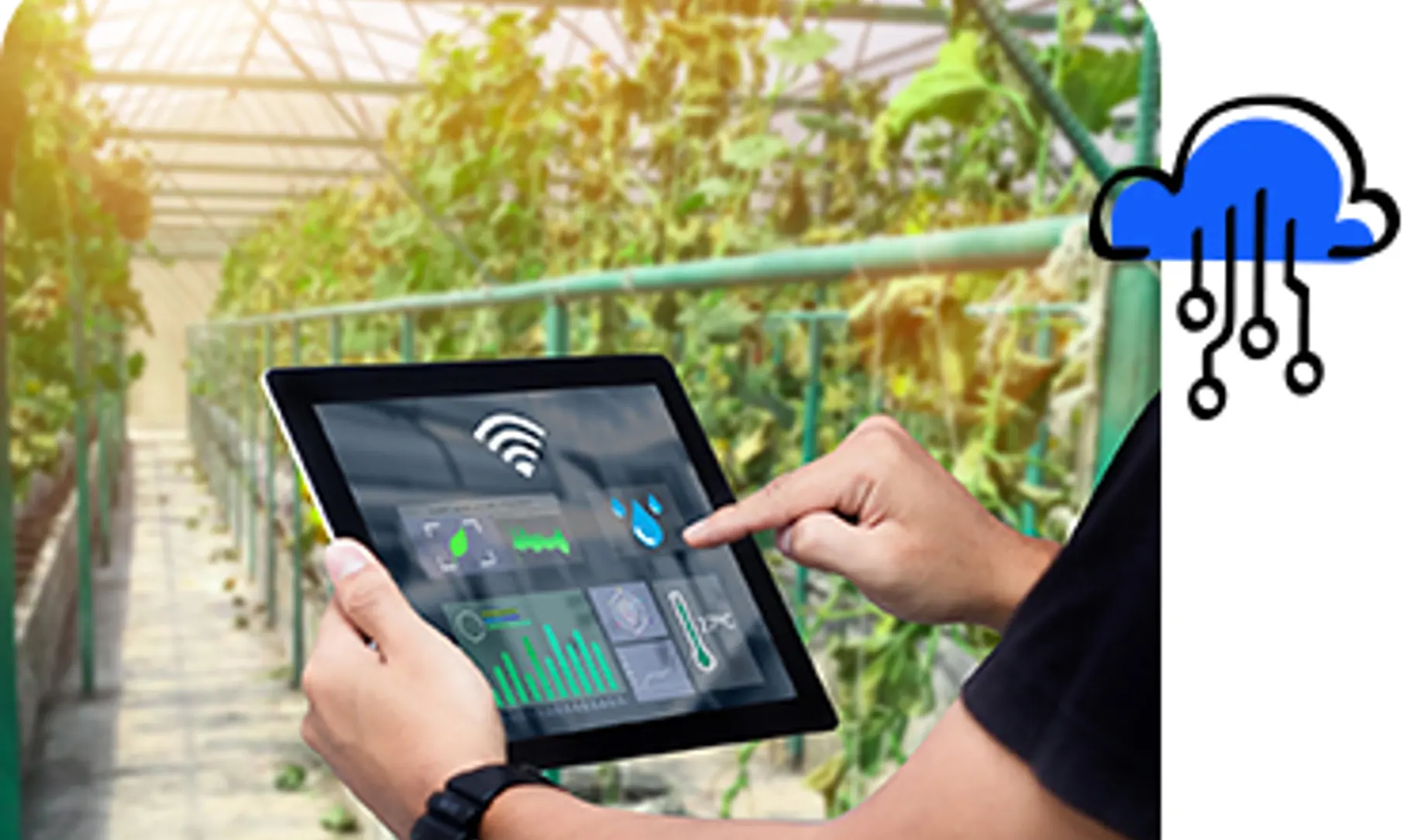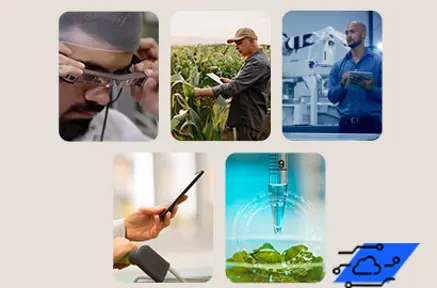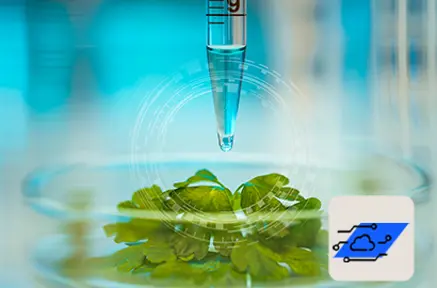What happens when digitalization meets farming?

What is digital agriculture?
As digitalization creeps into every aspect of life, it stands to reason that farms also experience the benefits. But before we get into the details, what does agritech mean? Quite simply, it means the application of technology to make farming more sustainable and efficient so we can produce more while doing less. If we dig a little deeper still, that includes everything from monitoring a field to reduce food waste and improve the way we treat local ecosystems, to giving more people access to even higher quality produce.
Getting to the source of the matter
When we consider where food and beverage manufacturers source raw materials from, the list includes everything from small-scale, regenerative farmers growing herbs and vegetables to large dairy farms, fruit orchards, vineyards, and so on. In each and every instance, there is a case for integrating technology.

What benefits does agritech offer?
Maybe it’s farms in Vietnam testing new technology that will allow them to monitor and control farm equipment remotely, or producers elsewhere using drones to check on crops around the clock and provide more thorough and accurate data for testing soil quality. It could even be agribots, the likes of which are being used to carry out arduous and monotonous tasks like the actual planting, growing and harvesting of produce.
Other benefits of agritech include giving farmers the ability to better forecast what to grow – and when. As mentioned above, by using technology to monitor fields and predict soil quality, farmers can create more thorough and well-thought-out plans for sowing seeds, including how much water and fertilizer actually needs to be used.
Not only will this help them protect the land they are using, but, with all this extra data at hand, they can also more easily identify crop disease, or anything else which may affect a harvest.
All in all, what this means is producers can get more value for what they produce while reducing food wastage and limiting the challenges that come with drastically changing weather, or labor shortages. In turn, transforming entire value chains so they can make their livelihoods more sustainable – and give more consumers access to an even greater amount of healthy food.
In the third part of our series, we move from the ground outside to the factory floor. What makes a factory a smart factory, and how is digitalization helping companies and manufacturers further improve and transform their supply chains? Subscribe to our bi-weekly SIG Newsletter to find out more.
- November 23, 2023

A look back at the forces driving digitalization

How digital technology is shaping what we eat

